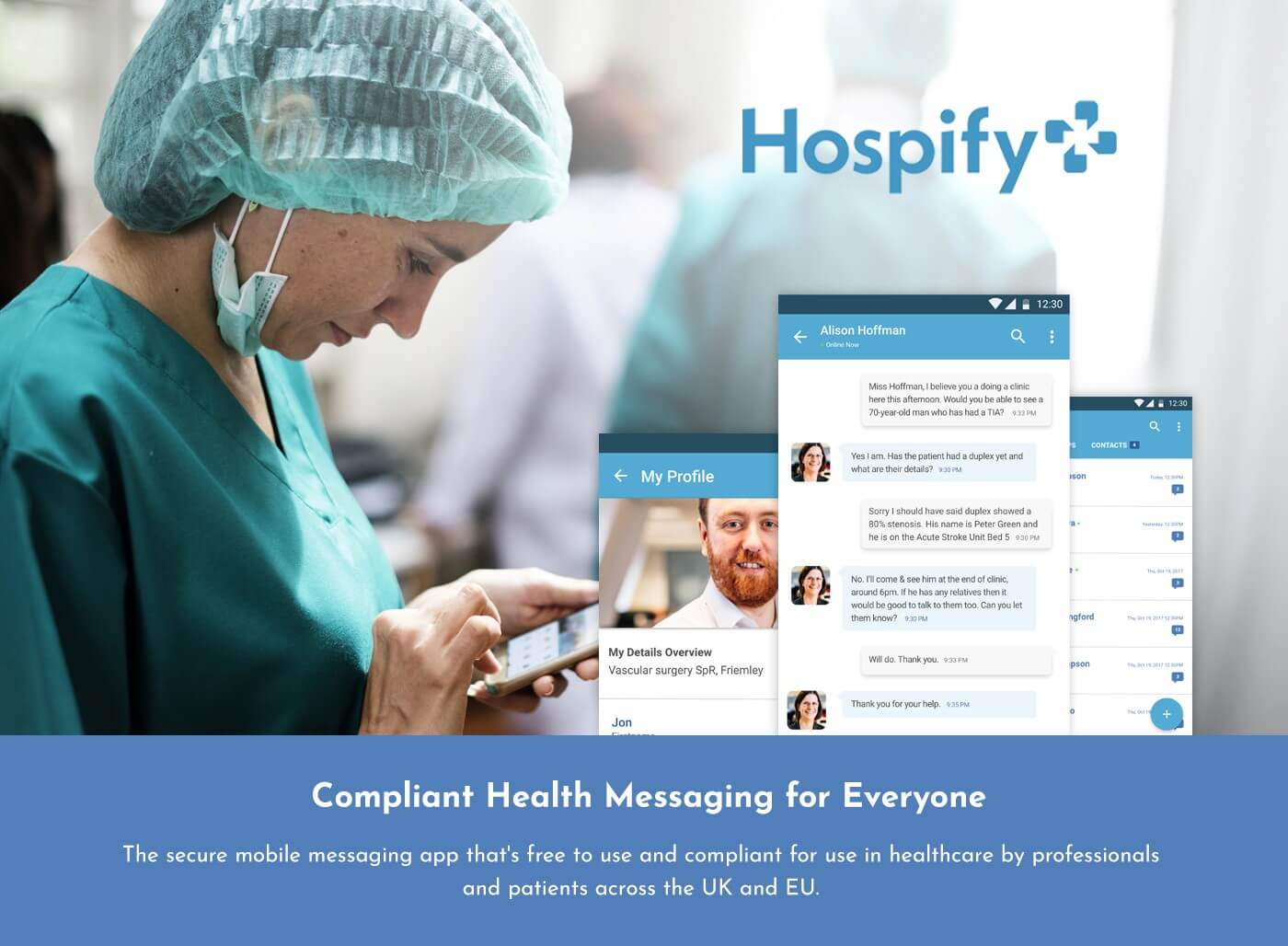Software Project Rescue
If your bespoke software project’s gone wrong or you’ve fallen out with your software developer, we can quickly get your business back on track.

There are lots of reasons why bespoke software projects fail, or your new software isn’t fit for purpose; but the fallout is usually that you’re left in a mess with an incomplete or failing system and a business that’s suffering as a result. Your priority is to get things back on track and fast.
Why Do Software Projects Fail?
Don’t panic. This is where One Beyond come in. We have helped a variety of different clients, both large and small, recover from troubling situations such as:
- Offshore outsourced projects that are poor quality or unfinished
- Software produced that isn’t fit for purpose
- Development companies or developers going out of business mid-project
- A developer is an independent consultant and has moved on
- Falling out with a development company or developer due to project slippage or poor quality
- Software produced uses bad or outdated programming languages
One Beyond Project Rescue: How Can We Help?
In all these situations, and more, One Beyond can help. Our experienced Architects, Software Developers and Analysts have seen it all before. Our experts can quickly get to the root of any problem, explain what has happened and devise a plan of action to rectify the issues efficiently. This means our clients can focus on the day-to-day running of their business whilst we handle the technical challenges.
Some of the ways we have rescued software projects include:
- Recovering “lost” source code from compiled executables or web servers
- Rebuilding broken source code repositories so in-house teams can work on the system again
- Tuning poorly performing databases
- Taking on old systems written in obsolete programming languages, maintaining them and then updating them with new technology
- Rewriting or fixing bugs in poor quality systems
- Documenting code
- Decoding complicated binary files so our customer can read and process supposedly lost data








